
The day that a baby arrives in the world is one of the happiest in the life of any parent, and from this moment they embark on an adventure as one big family. Parents learn something new every day about their young child, with several milestones occurring that excite and allow parents to see their baby’s growth process. The next 10 major stages come at a specific time for various reasons, which you can learn about now and know what awaits you every month of your child’s first year.
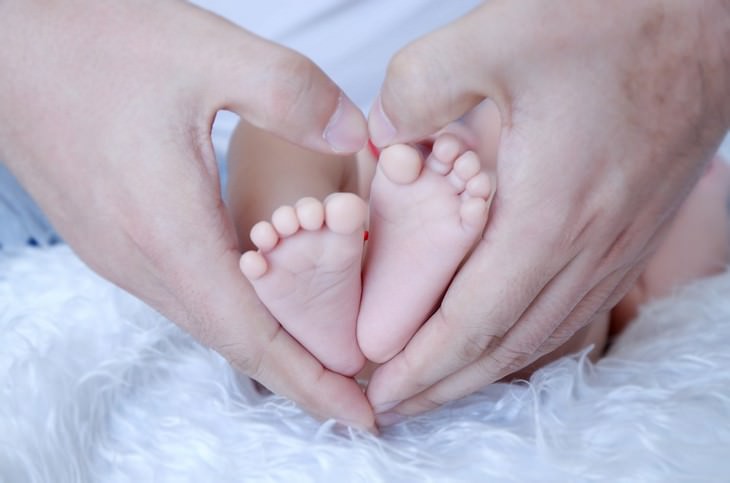
Every parent is familiar with the exciting moment their soft child charmingly smiles at them and people around them dismiss it and say, "It's just gas," but is it always true? Well, it depends on your child's age, since "social smiling" among babies is possible only when they are about 8 weeks old. This is so because eight weeks is the time it takes for the nervous system and babies’ vision to develop so that they can see smiles and respond to them in the same way.
Smiling is actually a baby's first social skill and it’s how they learn to develop relationships and develop emotionally. When they smile, babies actually show you that they know how to distinguish between different emotional states such as the fact that they are happy when you are around and sad when you move away from them.
When babies begin to move and realize that they have control of their bodies, they begin to do some exciting and cute things. One of these actions is turning over. This begins when babies lie on their stomachs and start to move by moving their legs and bodies back and forth until they manage to turn over on their backs.
Turning over in the opposite direction, from back to stomach, takes a little longer, and occurs when infants reach the age of 5 months and requires increased coordination and strength compared to turning over from stomach to back. When they try to do so, it is recommended to be near them to make sure they are safe and to calm them down if they begin to cry, which sometimes happens when they surprise themselves.

After a few months, babies begin to gauge where different objects are in the space of the room they are in, allowing them to plan to do things with them, like grasping them. The simple act of dropping and lifting objects teaches them that they can manipulate things with their hands. When they lift a toy that makes noise, for example, they learn cause and effect, and that allows them to explore the world.
After going through a baby's crying stage due to various stomach aches and pains, you reach a particularly enjoyable stage: laughter. At the age of 4 months, you’ll begin to hear this sweet sound coming from the depths of your baby's stomach, and the real fun is that babies are the easiest people to entertain! Funny faces, strange sounds and a variety of everyday situations that seem perfectly normal and mundane make them giggle their sweet laughter and fascinate us even more.
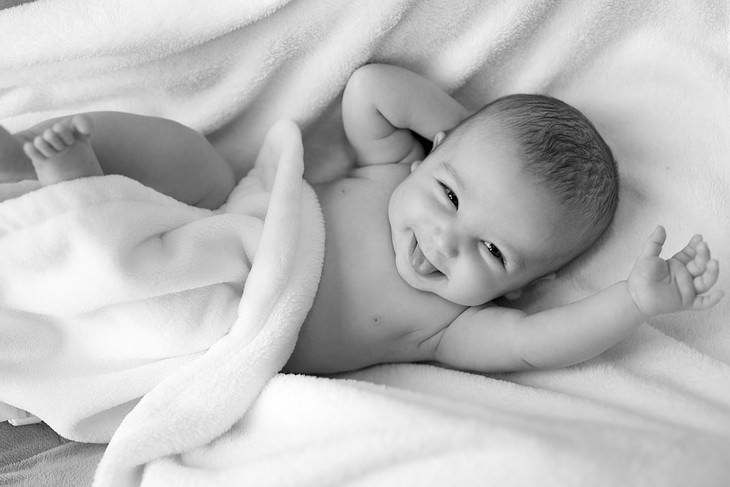
If you ask new parents what the biggest difficulty is with their new baby, most will answer that a bad night's sleep is one of their main problems. Sleep is important for both parents and their baby, but it doesn’t usually get better until 4-6 months. This long-awaited moment comes when babies are able to sleep through the night without demanding food.
At the age of five months, children begin to imitate the behavior they see in their environment, and one of them is, of course: hugs. When they see other people hugging each other or hugging them, babies repeat this affectionate movement with everyone they love, like dad, mom, their dolls, and anything else that inspires joy and love.
Although there is nothing like the warm embrace of babies, there are those who don’t do it often so there’s no reason to feel bad if your baby doesn’t. This is because many babies are busy focusing and studying their environment instead of hugging, and it isn’t indicative of their or your character.
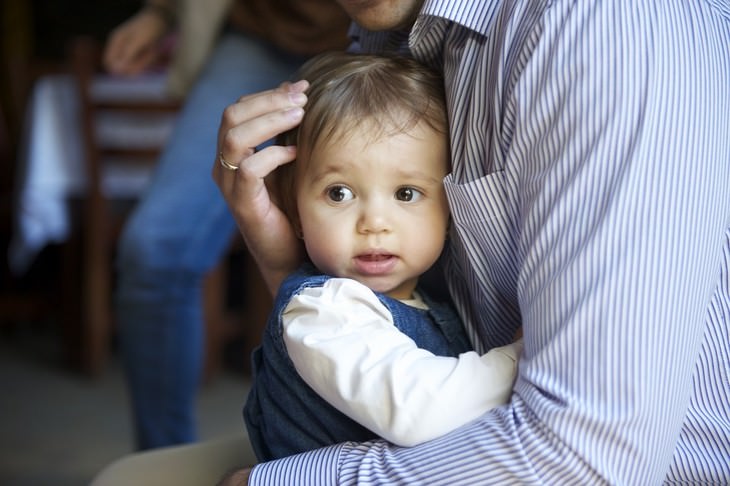
One of the milestones in babies’ physical development is sitting upright. This happens when they have sufficient balance and strength in their hands and control over their head, neck and lower torso. At the age of 8 months, babies' vision improves to a degree that allows them to see things in their direct line of sight, which makes them want to sit up to get a better look.
In the first stages of sitting, babies will hold on to things to support their bodies and maintain balance. To help them strengthen themselves and improve their balance, hold a toy that they love in front of their eyes and move it from side to side to encourage them to reach out, allowing them to stabilize their upper body and legs.
Once they learn the important skill of sitting independently, babies move on to the next important step on the list - crawling. This usually starts by placing babies in a new position - standing on all fours. The next attempt is testing their hands, and when they realize that they can support their movement and use them to give them momentum, they will crawl forward! Some babies don’t start crawling forward, but rather drag themselves on the floor or go back and forth in an attempt to move forward, and to help them, make space for them to move around and put things out of reach so they will feel motivated to move towards them.
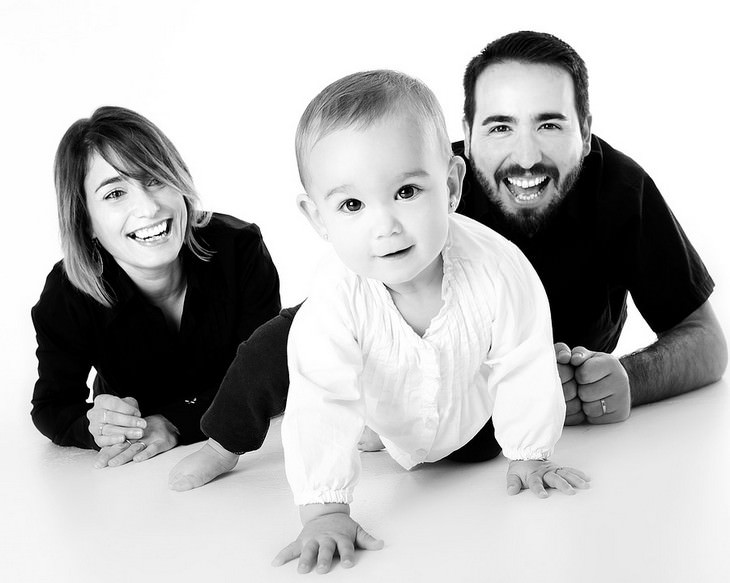
When babies try to stand, they start by using various objects to support themselves, such as their parents, which allows them to pull themselves up. At the age of 8 months, babies’ legs and torso are strong enough to lift themselves without the support they needed till now. Their confidence is slowly built up by their success in crawling and every small or big milestone they’ve reached so far. At first, babies will still hold things to pull themselves up and but eventually they’ll start standing on their own and without support.
When toddlers take their first steps, it is certainly exciting for everyone around them, and especially for their parents. These first steps signify great developmental progress because they require strength, coordination, and balance. When babies feel confident enough, their stance progresses to a slow but sure step that incorporates everything they’ve learned so far. Walking allows them to connect with the people around them and develop their social skills in a new way they couldn’t until this long-awaited stage.
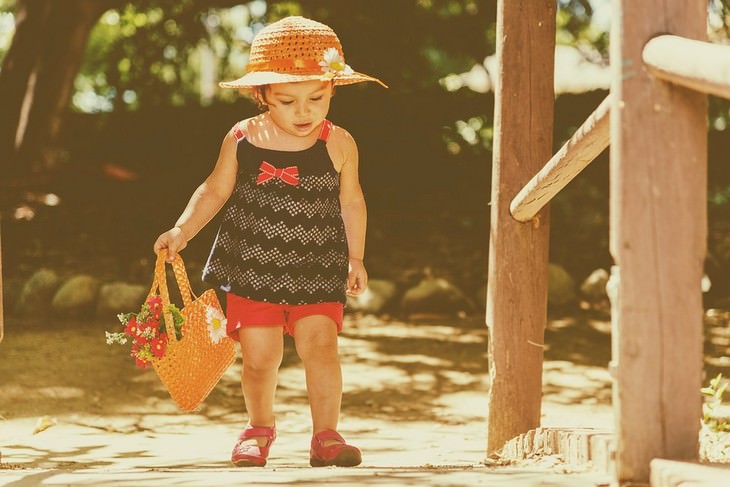
The stages described above symbolize the milestones that babies undergo, with each milestone age varying from baby to baby. The difference stems from a number of parameters that also vary from child to child and affect his or her achievements:
Each person is born with their own character with some bolder and others warier and unwilling to try new things just because they feel an urge to do so. Each baby progresses at their own speed.
Each one of us has strong points, weak points, and areas in which we succeed either more or less. You can see the first signs of this at the age of a year, the age at which children are supposed to walk and talk when some start doing it faster than others. Each child has their own developmental pace and therefore, it’s best not to compare your baby with other people's babies because there will always be differences between them that hold no bearing on their future development.
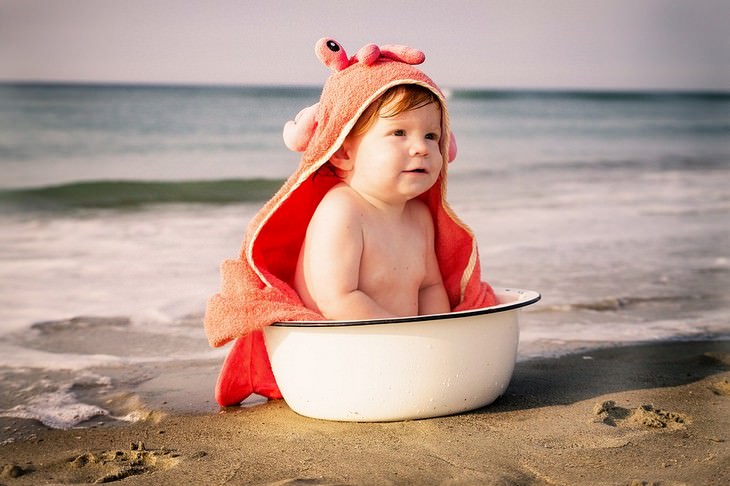
Babies with older siblings go through certain milestones earlier than expected because they’re constantly trying to keep up with their older siblings. On the other hand, older siblings can also cause small delays in development, since they don’t care to teach their new siblings and give them toys and other things without trying to motivate them to get them on their own. For your children to develop normally, talk to their older siblings and tell them it's important to help them, but not all the time because they have to learn to do things alone.
Babies born earlier than expected reach the above-mentioned milestones slower than babies born at their intended birth date. There is no reason to fear when this happens, rather start the development count from the date they were supposed to be born, not on their date of birth. For example, a child born a month earlier will reach the 3-month milestones when they reach the age of four months.